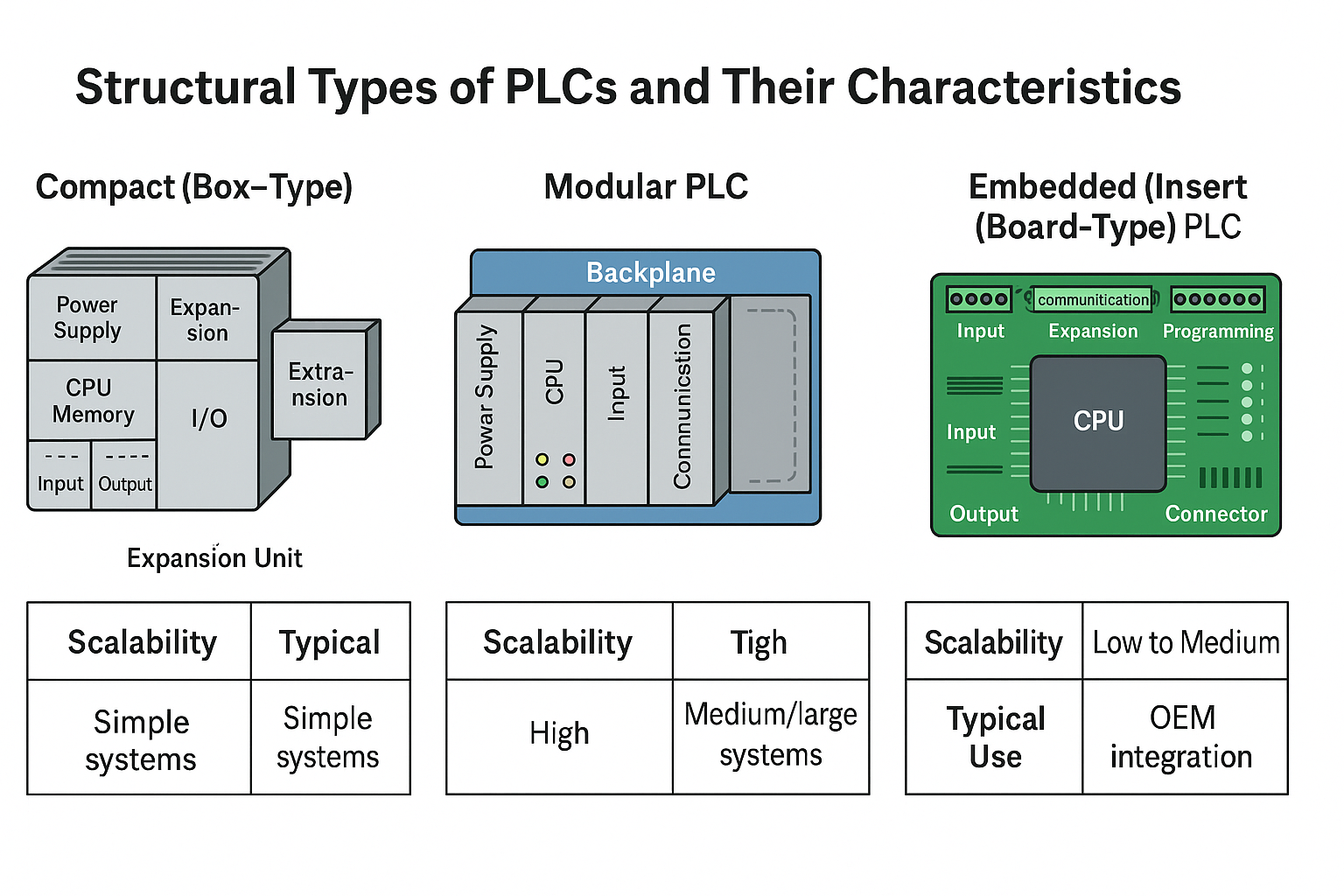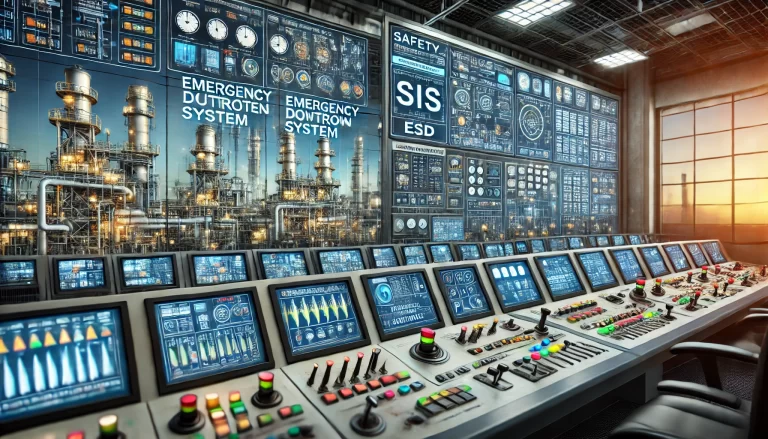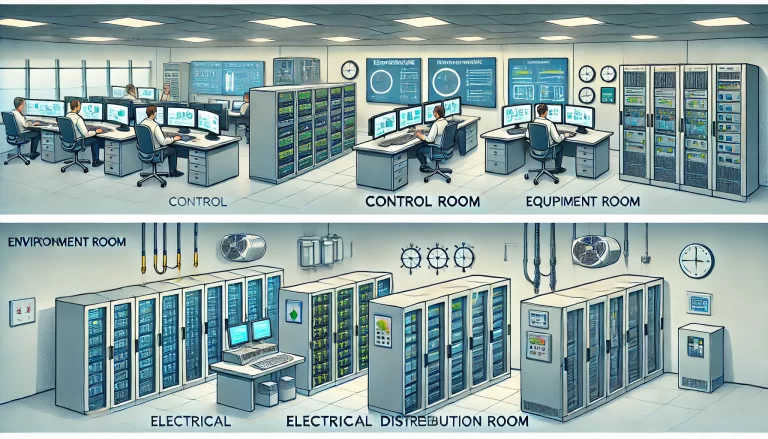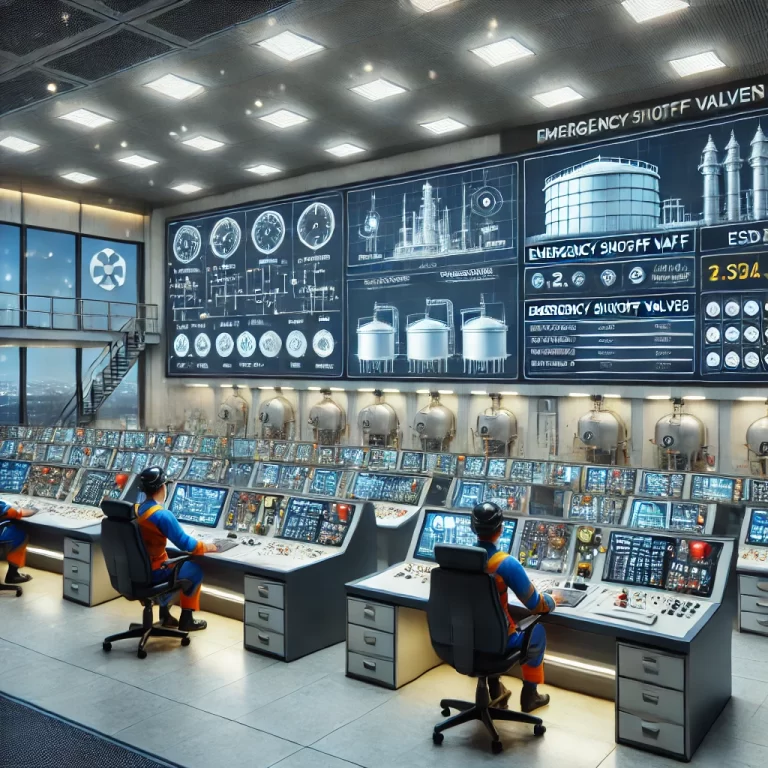In today’s industrial automation landscape, both Motion Controllers and PLCs (Programmable Logic Controllers) play critical roles. However, they are designed for very different purposes. Understanding the key differences between the two can help system integrators, engineers, and procurement professionals make smarter control system decisions.

🎯 What Is a PLC?
A PLC is a digital computer used primarily for logic control of machinery and industrial processes. It monitors inputs from devices like sensors and switches, processes that information based on a user-defined program, and then activates outputs such as motors, valves, or alarms.
Common PLC applications include:
Conveyor systems
Packaging lines
Water treatment plants
HVAC systems
Chemical batch processing
PLCs are ideal for managing sequential operations and discrete I/O control.

⚙️ What Is a Motion Controller?
A Motion Controller is a specialized device designed to control the precise movement of servos, stepper motors, and actuators. It excels in managing positioning, speed, and trajectory planning across one or more motion axes.
Typical uses for motion controllers:
CNC machines
Industrial robots
Electronic assembly (e.g., pick and place)
Laser cutting or engraving
3D printing
Motion controllers are designed for high-speed, real-time, and multi-axis coordination.

🔍 Key Differences at a Glance
| Feature | Motion Controller | PLC |
|---|---|---|
| Primary Role | Precise motor motion control | Sequential logic control |
| Focus | Position, velocity, and interpolation | Input/output processing and logic |
| Real-Time Performance | Very high (sub-millisecond level) | Moderate (milliseconds level) |
| Motion Control Functions | Yes: linear/circular interpolation, camming, synchronization | Limited: basic via servo drives |
| Programming | Motion language, G-code, vendor APIs | Ladder logic, function blocks, ST (IEC 61131-3) |
| Integration | Often works alongside PLC | Acts as main control hub |
| Example Use Case | 6-axis robot arm | Automated filling line |
🧠 Can You Use Them Together?
Absolutely. In many modern automation systems, you’ll find both devices working together:
The PLC handles system logic, safety interlocks, and operator interface.
The Motion Controller handles real-time movement of axes with high accuracy.
For example, in a packaging machine, the PLC might detect product presence and trigger the motion controller to move a sealing arm in precise motion patterns.

✅ When to Use What?
| Scenario | Recommended Control |
|---|---|
| Simple start/stop logic for motors or valves | PLC |
| Coordinated multi-axis motion for robotics or machining | Motion Controller |
| Process control + precise motion | PLC + Motion Controller combo |
| Budget-sensitive project with basic motion | PLC with integrated motion module |

🚀 Final Thoughts
Choosing between a motion controller and a PLC is not about one being better than the other, but about using the right tool for the job. If your application demands high-speed, precise, multi-axis movement, a dedicated motion controller is a must. If your system revolves around I/O logic, timers, and sequencing, the PLC is your best friend.
For the best of both worlds, modern automation solutions often blend both—delivering flexibility, power, and precision.
